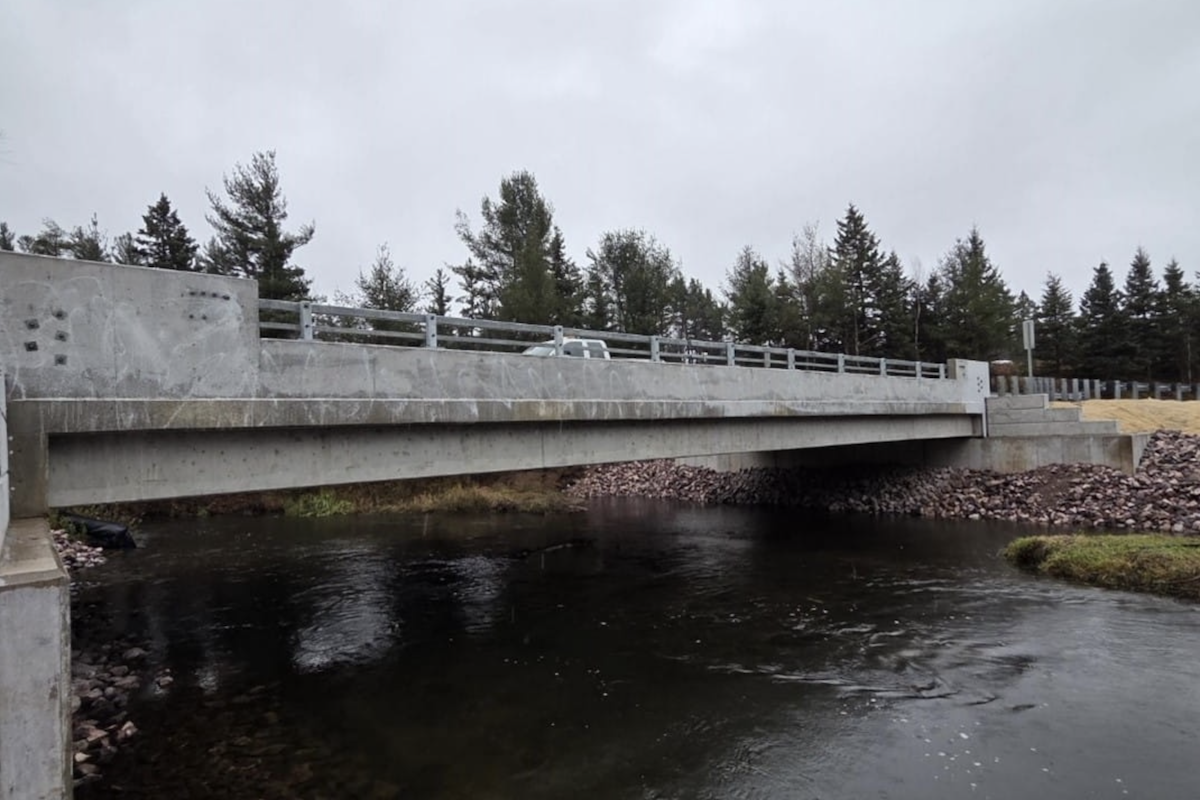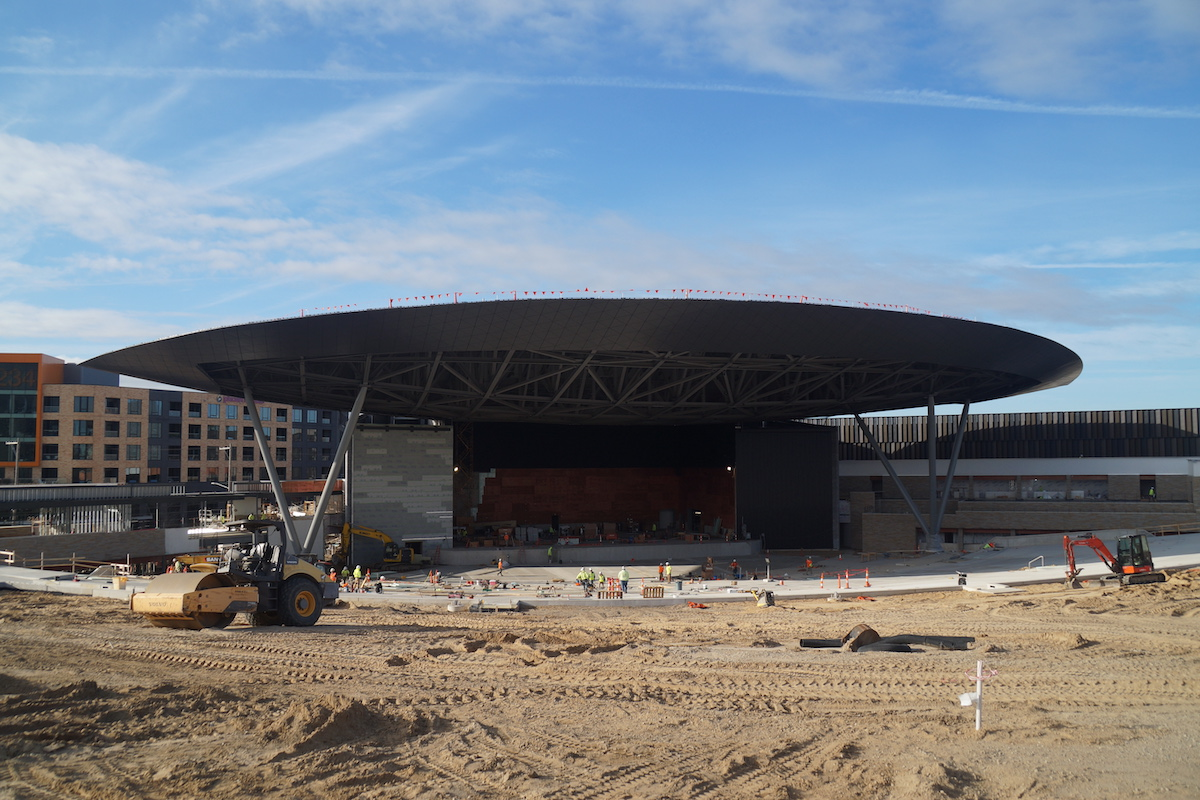“When the tunnel opens in 2024, it will have been the first time the public has traveled through a tunnel at Mitchell Point in 70 years, and has seen the vistas up and down the Columbia River Gorge,” says Terra Lingley, Columbia River Gorge National Scenic Area Coordinator for ODOT. “Recreating the tunnel [when] there are folks still alive today that remember the old tunnel will be truly gratifying.”
The Mitchell Point Tunnel project represents one of three final segments to complete the Historic Columbia River Highway State Trail system. ODOT is required by the 1986 Columbia River Gorge National Scenic Area Act to “undertake efforts to preserve and restore the continuity and historic integrity of the remaining segments of the Old Columbia River Highway for public use as a Historic Road, including recreational trails to connect intact and usable segments,” Lingley says.
The current project will connect a trail currently under construction from Viento State Park to the west, and pending construction funding, a segment to the east will complete the trail. “When we’re done, there will be a total of 22 miles of bicycle and pedestrian trail connecting to 51 miles of shared vehicle highway, and through cyclists will not have to ride on the shoulder of I-84 to get from Troutdale to The Dalles,” Lingley says.
“This fractured rock is difficult to work with, and continual rockfall from the face of the cliff poses challenges during construction now,” Lingley says. “The project used advanced rockfall modeling to understand how best to protect State Trail users and those driving vehicles on I-84.”

| Your local Trimble Construction Division dealer |
|---|
| SITECH Michigan |
The full 1.5-mile project includes using existing pieces of the Historic Highway and Mitchell Point Drive on either side of the tunnel location. The new tunnel is about 30- to 60-feet south of the original and is longer than the first one.
The trail on either side of the tunnel will maintain the 12-foot width of the tunnel and be paved with asphalt. The height of the tunnel is at least 16 feet. At the site of the Mitchell Point trailhead, the project will expand the existing restroom, rebuild a 25-space parking lot, dedicate space for transit vehicles to service the trailhead, create a few rest and pause areas for users and address rockfall on the cliff face, she explains.
WSP of New York served as the prime design contractor, with input from ODOT technical staff.
“Project engineers used sunlight modeling to understand how the five arched openings, called adits, would help illuminate the State Trail in a variety of weather scenarios to ensure that the project would not need to add electric lighting, which would not be consistent with the National Scenic Area,” Lingley says.
The Federal Lands Access Program funded the project, which should finish in 2024. The program offers competitive grants for projects that will increase access to federal lands.

| Your local Deere & Co dealer |
|---|
| AIS Construction Equipment |
“The Oregon Parks and Recreation Department, U.S. Forest Service, ODOT, Hood River County, Travel Oregon, Friends of the Historic Highway, and the Western Federal Lands Highway Division are all working together in partnership to ensure that the Mitchell Point Tunnel is consistent with the National Scenic Area, pays homage to the Historic Columbia River Highway, can be maintained after construction, and provides a world-class experience for users once it is open,” Lingley says.
Reopening the 655-foot tunnel required blasting and drilling to recreate the five arched openings. Rock removed as part of this project will be recycled and re-used on the under-construction Viento to Mitchell State Trail project.
The crews “had a drill rig with two different drill shafts, so they could drill two holes at the same time to be able to add explosives for blasting,” Lingley explains. “A lot of the equipment in the tunnel during tunnel boring is also used in mining operations.”
LRL drilled two holes simultaneously to create dozens of holes to place small amounts of the blasting explosives. Each blast moved the project 50- to 100-feet forward. Crews worked from each direction and met in the middle.
Due to the blasting fumes, crews installed a temporary mechanical ventilation system. “They blast, run the venting fans and make sure the blast went off successfully,” Lingley explains.

| Your local Trimble Construction Division dealer |
|---|
| SITECH Michigan |
On the western portal, where the rock has been fractured, crews installed steel arch sets to stabilize the tunnel for user safety. Contractors also used rock bolts and steel-fiber reinforced shotcrete in the tunnel to enhance safety.
“Within the tunnel, the floor will be concrete to provide contrast for users between the dark-colored concrete and rock walls and the trail surface,” Lingley says. The tunnel will meet Americans with Disabilities Act guidelines for accessibility.
During construction, crews have had to avoid disturbing the Douglasia Laevigata, an endemic plant found only in the Gorge on the cliff face of Mitchell Point. “Under the Columbia River Gorge National Scenic Area Management Plan, we were required to do our best to avoid impacts to the plant species,” Lingley says. “We surveyed the cliff face multiple times, and during project construction impacting the cliff face, had biologists on site to monitor and document any plant losses. We managed to protect most of the plant occurrences on the site, with minimal losses.”
Also, Lingley reports a peregrine falcon nest was found within the project area. Crews carefully monitored sound and vibration during blasting and other construction activities to ensure the birds were not disturbed during nesting and brooding seasons.
While no vehicular traffic occurs in the tunnel, the construction team was also mindful that the blasting could cause rocks to fall to the road below. Therefore, there were I-84 eastbound lane and shoulder closures. The Exit 58 off ramp closed and rolling slowdowns took place during blasting.

| Your local Trimble Construction Division dealer |
|---|
| SITECH Michigan |
ODOT anticipates a wide range of people will use the new tunnel, and the entire trail will serve as a world-class cycling venue. Occasionally antique vehicles made before January, 1946 are allowed on the State Trail for special occasions.
Lingley expressed pride in “getting all the partners in the same room, coming to consensus on how to reconnect the highway around Mitchell Point, and being able to recreate one of the most iconic elements of the original Columbia River Highway.”
Photos courtesy Oregon Department of Transportation









































































